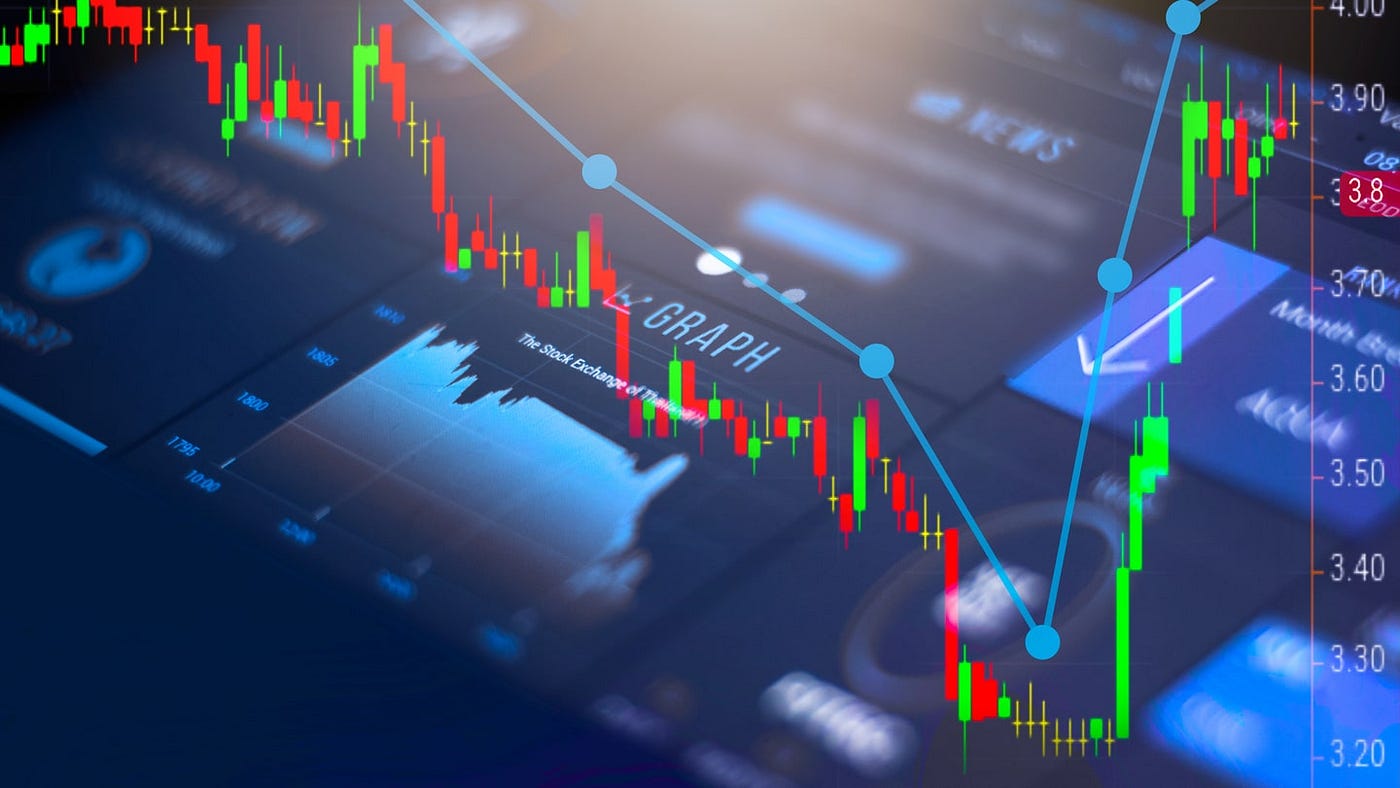Trading software development has revolutionized the financial industry, providing individuals and organizations with powerful tools to analyze market data, execute trades, and manage investment portfolios. The development of a robust and reliable solution requires a comprehensive understanding of the main pillars that support its functionality. In this article, we will explore these pillars in detail, highlighting their importance and impact on the overall development process.
Introduction
Trading software plays a vital role in facilitating efficient and accurate decision-making in the financial markets. The development process involves a multidisciplinary approach, encompassing various aspects such as user interface design, data management, security, and performance optimization. Let’s delve into each of these pillars to understand their significance in software development.
User Interface Design
A consistent and clear user interface (UI) is crucial for providing an intuitive and seamless experience to traders. A well-designed UI enhances usability, allowing users to easily navigate through different functionalities, view real-time data, and execute trades efficiently. It should incorporate visually appealing elements, such as charts, graphs, and customizable dashboards, to present information in a clear and concise manner. A custom trading platform development company can help you with that or you can find experienced designers that will support the design consistency.
Data Management and Analysis
Accurate and timely data is the lifeblood of trading software. It is essential to collect, store, and process vast amounts of market data to enable informed decision-making. Robust data management systems ensure data integrity, reliability, and accessibility. Furthermore, advanced analytical tools and algorithms empower traders to perform in-depth market analysis, identify trends, and develop strategies based on historical and real-time data.
Order Execution and Risk Management
The ability to execute trades swiftly and manage associated risks is a critical aspect of this fintech software. Efficient order execution systems allow traders to enter, modify, and cancel orders promptly, ensuring timely trade execution. Risk management features, such as stop-loss orders and risk assessment algorithms, help traders mitigate potential losses and protect their investments.
Security and Compliance
Trading software must prioritize security to safeguard sensitive financial information and protect against cyber threats. Strong encryption, secure authentication protocols, and regular security audits are essential components of a robust security framework. Moreover, compliance with regulatory standards, such as Know Your Customer (KYC) and Anti-Money Laundering (AML) regulations, is crucial to ensure legal and ethical practices.
Integration and Connectivity
Trading software often needs to integrate with external systems and data providers to access real-time market data, news feeds, and trade execution platforms. Seamless connectivity and integration capabilities enable traders to stay up-to-date with market events and execute trades quickly. Application Programming Interfaces (APIs) and standardized protocols play a vital role in enabling these integrations.
Performance and Scalability
High performance and scalability are paramount in trading software development. The software should be capable of handling large volumes of data and concurrent user requests without compromising speed or reliability. Optimizing the software architecture, utilizing efficient algorithms, and implementing scalable infrastructure are key factors in achieving optimal performance and scalability.
Testing and Quality Assurance
Rigorous testing and quality assurance procedures are crucial to ensure the stability, functionality, and reliability of your solution. Thorough testing helps identify and rectify any bugs, glitches, or vulnerabilities that may affect the software’s performance or compromise security. Testing methodologies such as unit testing, integration testing, and performance testing are employed to validate the functionality under various scenarios. Quality assurance processes ensure that the software meets industry standards and provides a seamless trading experience to users.
Ongoing Support and Maintenance
This part is often overlooked when people are learning how to build a trading platform. Financial software requires continuous support and maintenance to address any issues, incorporate updates, and adapt to evolving market conditions. This includes providing technical assistance to users, resolving bugs, and releasing regular updates to enhance performance, security, and functionality. Ongoing support and maintenance are crucial to ensure everything remains robust and reliable over time.
Conclusion
Trading software development relies on several essential pillars to create efficient, reliable, and user-friendly applications. From user interface design to data management, order execution, security, and scalability, each pillar contributes to the overall success of the software. By emphasizing these pillars and adhering to industry best practices, developers can create a trading solution that empowers traders with the tools they need to navigate the complex world of financial markets.
Frequently Asked Questions (FAQs)
Q1: Is trading software suitable for both beginners and experienced traders?
Yes, it caters to a wide range of users, from beginners to experienced traders. It offers user-friendly interfaces and educational resources for beginners while providing advanced tools and analytics for experienced traders.
Q2: How secure is trading software in terms of protecting my financial information?
Such software prioritizes security and employs robust encryption, secure authentication protocols, and compliance with regulatory standards to protect users’ financial information from unauthorized access or cyber threats.
Q3: Can a trading solution be customized to suit specific trading strategies?
Yes, it can often be customized to accommodate various trading strategies. It may provide options for creating custom indicators, developing algorithmic strategies, and integrating third-party tools and APIs.
Q4: What are the key factors to consider when choosing trading software?
When selecting trading software, it is essential to consider factors such as reliability, functionality, user interface, data accuracy, customer support, and its compatibility with your trading style and requirements.
Q5: How frequently should my solution be updated?
It should be updated regularly to incorporate bug fixes, security patches, performance enhancements, and new features. The frequency of updates may vary depending on the software provider and market dynamics.
In conclusion, trading software development relies on the main pillars of user interface design, data management and analysis, order execution and risk management, security and compliance, integration and connectivity, performance and scalability, testing and quality assurance, and ongoing support and maintenance. By prioritizing these pillars and following best practices, trading software developers can create powerful tools that empower traders in the dynamic world of financial markets.








Add Comment